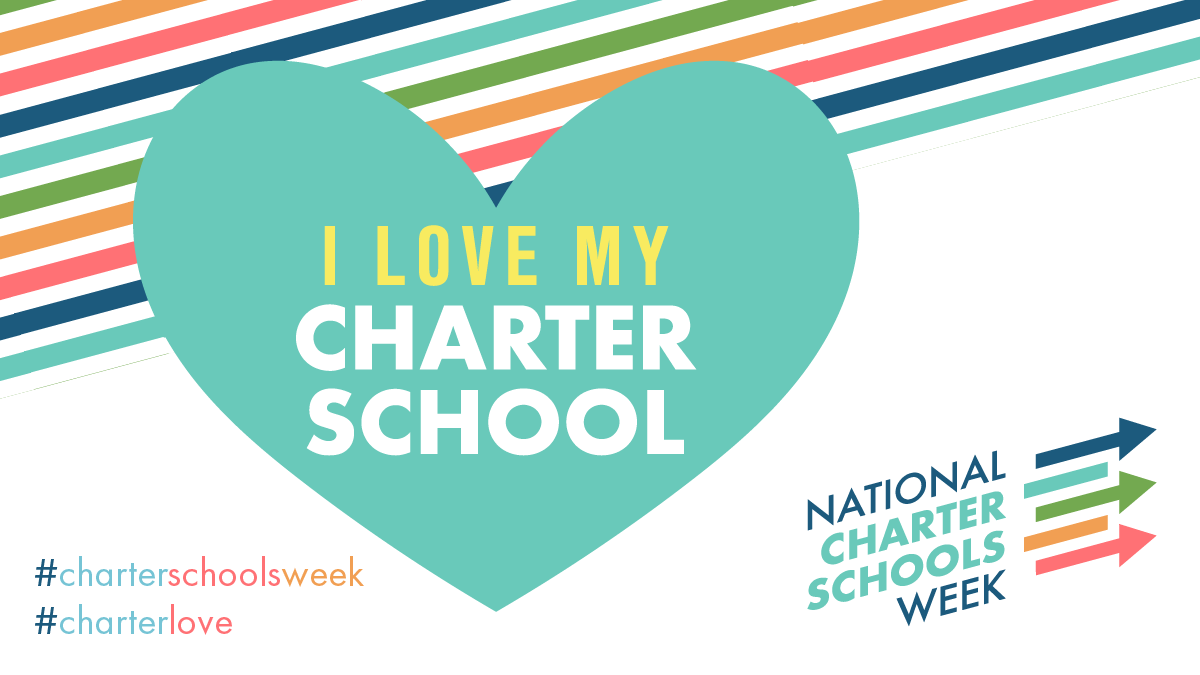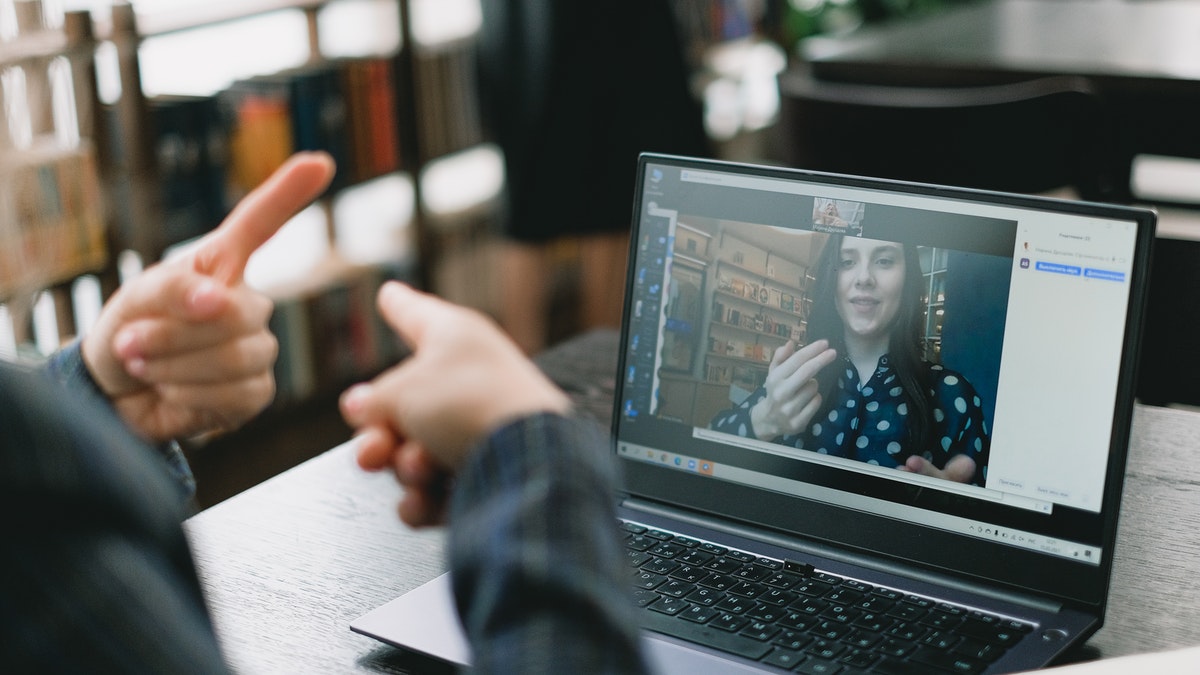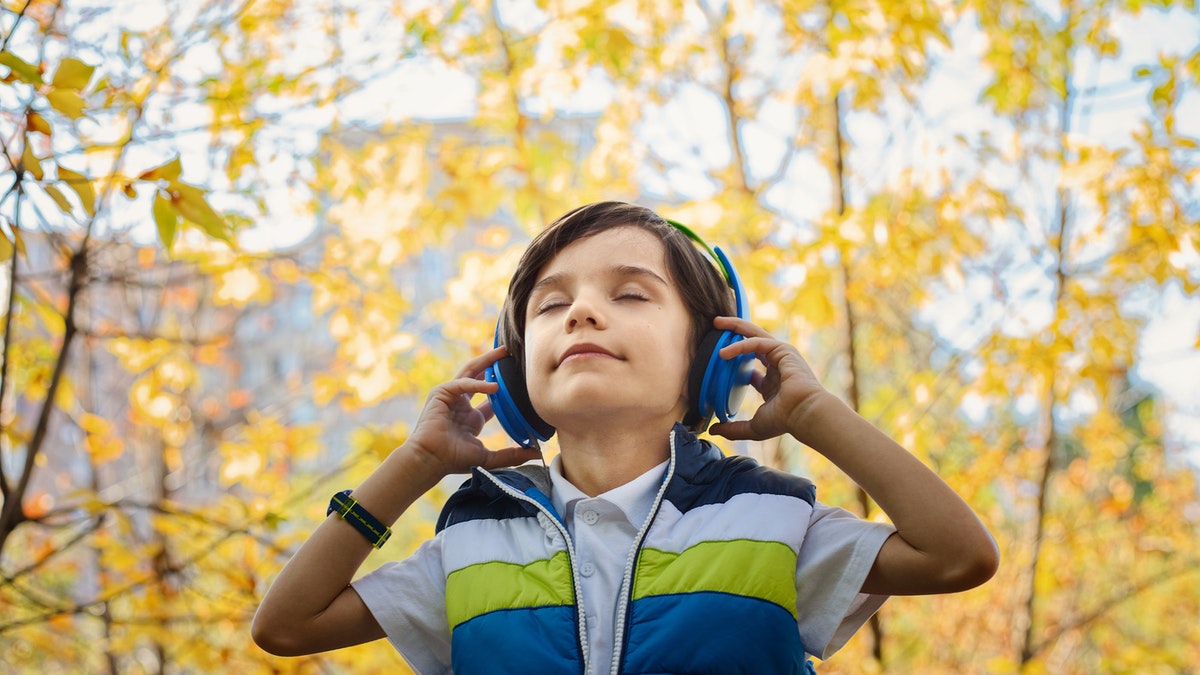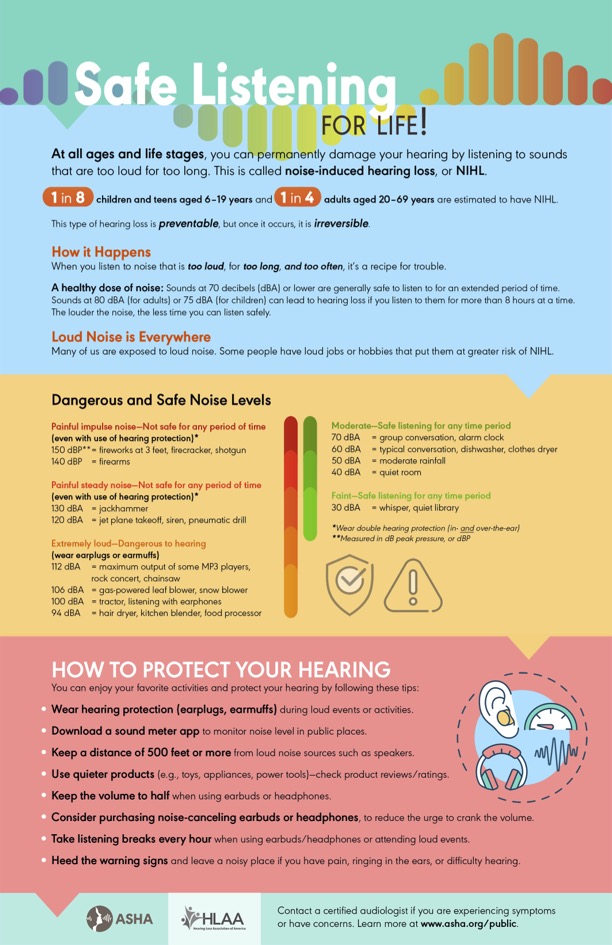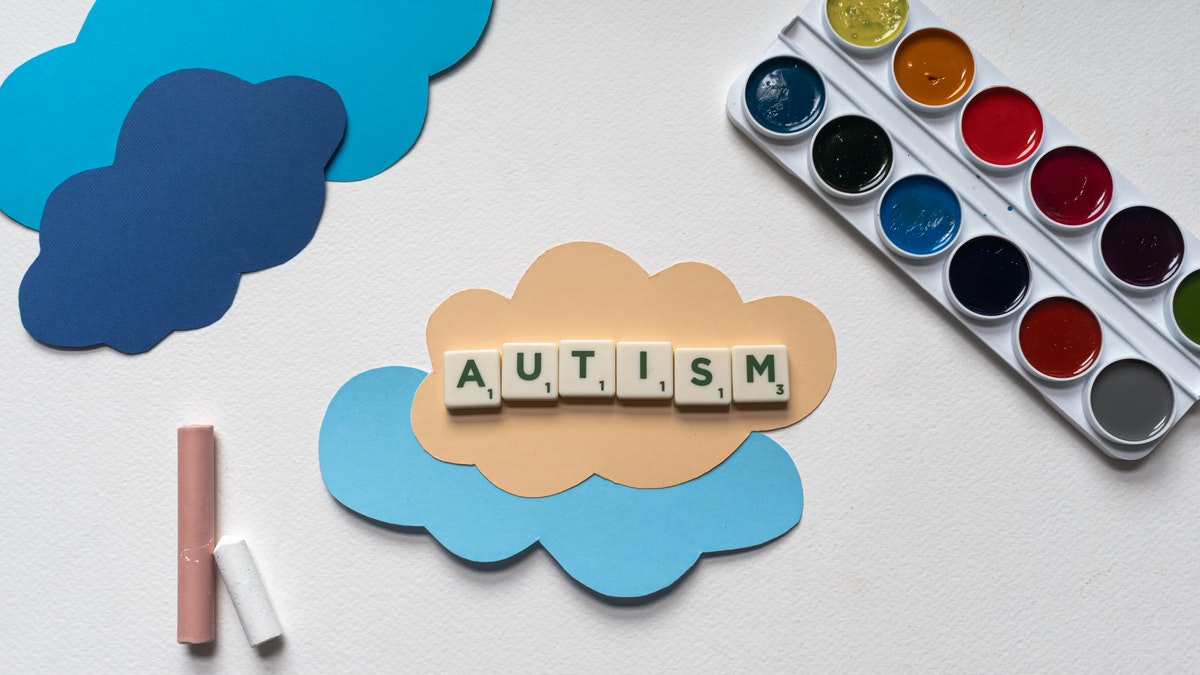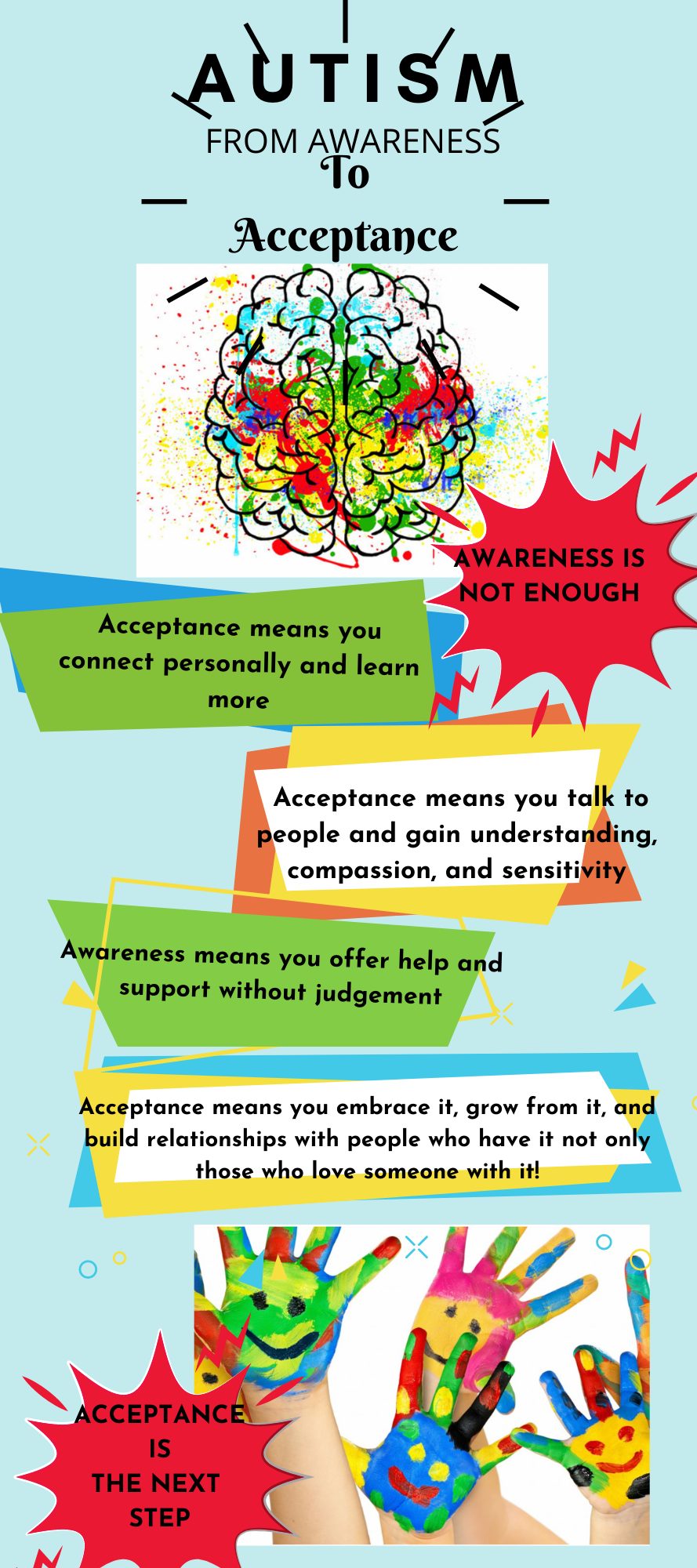The weather is warmer and the kids are out of school, time to get vacation ready! Traveling with learners can be a challenge, but it is always worth it once you reach your destination. Here are a few tips and tricks for your travels.
- When flying, ask to be seated by the restroom before boarding. Many times the flight staff will heed this request when there is a child with exceptionalities.
- A fun activity and something for your learner to look forward to is a goodie bag. Goodie bags can be packed for long car rides or flights. Goodie bags with a theme that your learner enjoys, or their favorite treats, are great to use as reinforcers along the road!
- Many children with autism spectrum disorder may be sensitive to changes in their routines. Bringing along the exact snacks that your learner eats, familiar bedding, and taking frequent bathroom breaks, can all help aid in keeping your child comfortable.




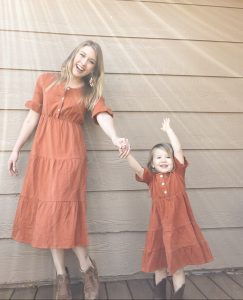

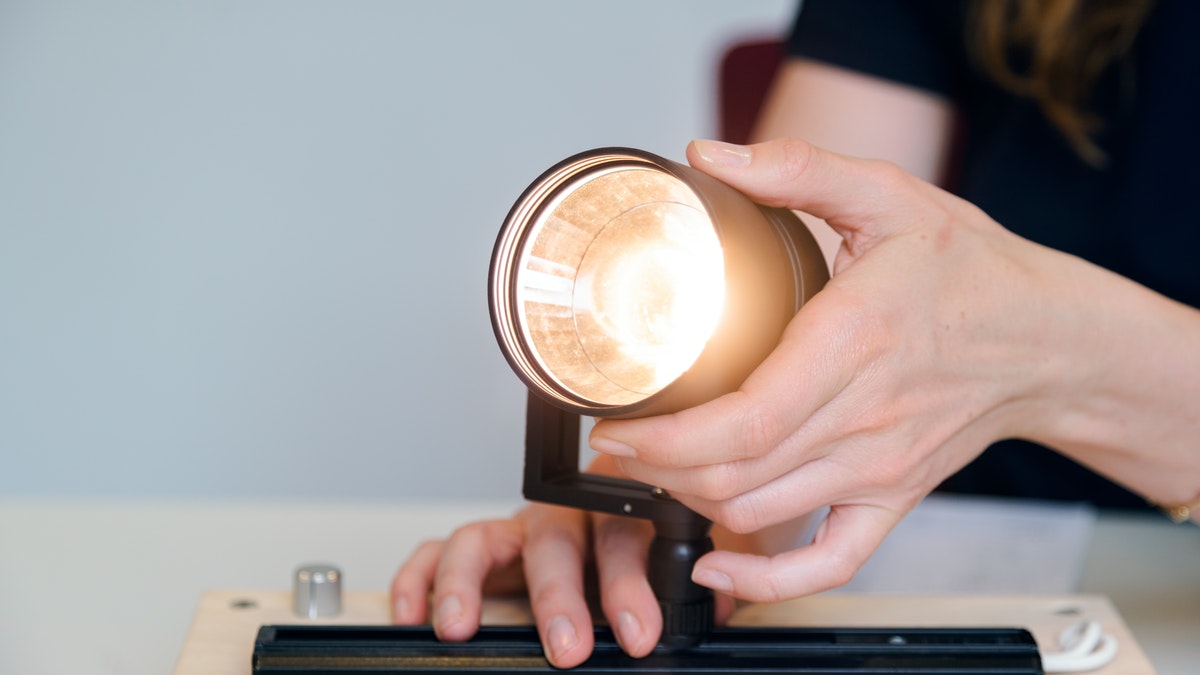
 Courtney Ellis
Courtney Ellis